I traveled to Copenhagen for ten days earlier this month to research sustainable urban planning, including the interaction of the city’s systems, buildings, regulations, and cultural mentality that have contributed to making Copenhagen be regarded as one of the most sustainable cities in the world.
Before arrival, I began to read about the city’s history and recent architecture and urban planning projects. The various architecture firms located in Denmark seem to have solutions to many problems facing urban landscapes today yet, I was skeptical if these projects actually contributed to the quality of life and the environment or if they only existed in theory. Aseem Inam perfectly summarizes my skepticism: “Unfortunately, much of this recent interest in urban design repeated the familiar deficiencies of the past: a focus on the superficial aesthetics and the picturewsque aspects of cities…an over-emphesis on the architect as urban designer and an obsession with design (instead of a more profound interdisciplinary approach that addresses fundamental causes.” In projects such as Superkilen or BIG’s waste to energy plant, are the aesthetics valued more than necessity? How does design influence culture? I was skeptical of the perhaps superficial use of design in order to create a good looking project rather than an efficient one.
What I found fascinating when was the seamless integration of structure (architecture, urban or landscape design), environment and people. In almost every recent project there seems to be a deep understanding of what the people need while understanding the implications of the project on the environmental. It almost seemed as though the aesthetics of the projects helped raise awareness or created a greater connection between the people and there surroundings. The projects understood what was important and they used the aesthetics to assist not make the solution.
The city and designers understand that it is not about only grand structures but that good city planning happens on a variety of scales. For instance, Copenhagen is known to be a bicycle city, there seemed to be more bikes than any other form of transportation. Biking in the city is made easy and safe due to regulations and the use of design. The bicycle snake (Bryggerbro Bridge) is a bridge that gives only cyclists a short cut along the harbor. Yet, they also thought about the small things, such as bicycle ramps that make getting up the stairs easy.
I really attempted to experience the city fully. There were so many great moments that really made me understand what makes a good city good. It is all one network that has to work together. It is a truly fantastic city. I will share a map of all the places I visited and my design process later this summer!
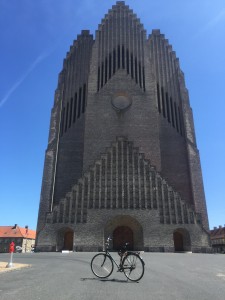
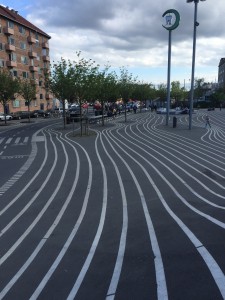
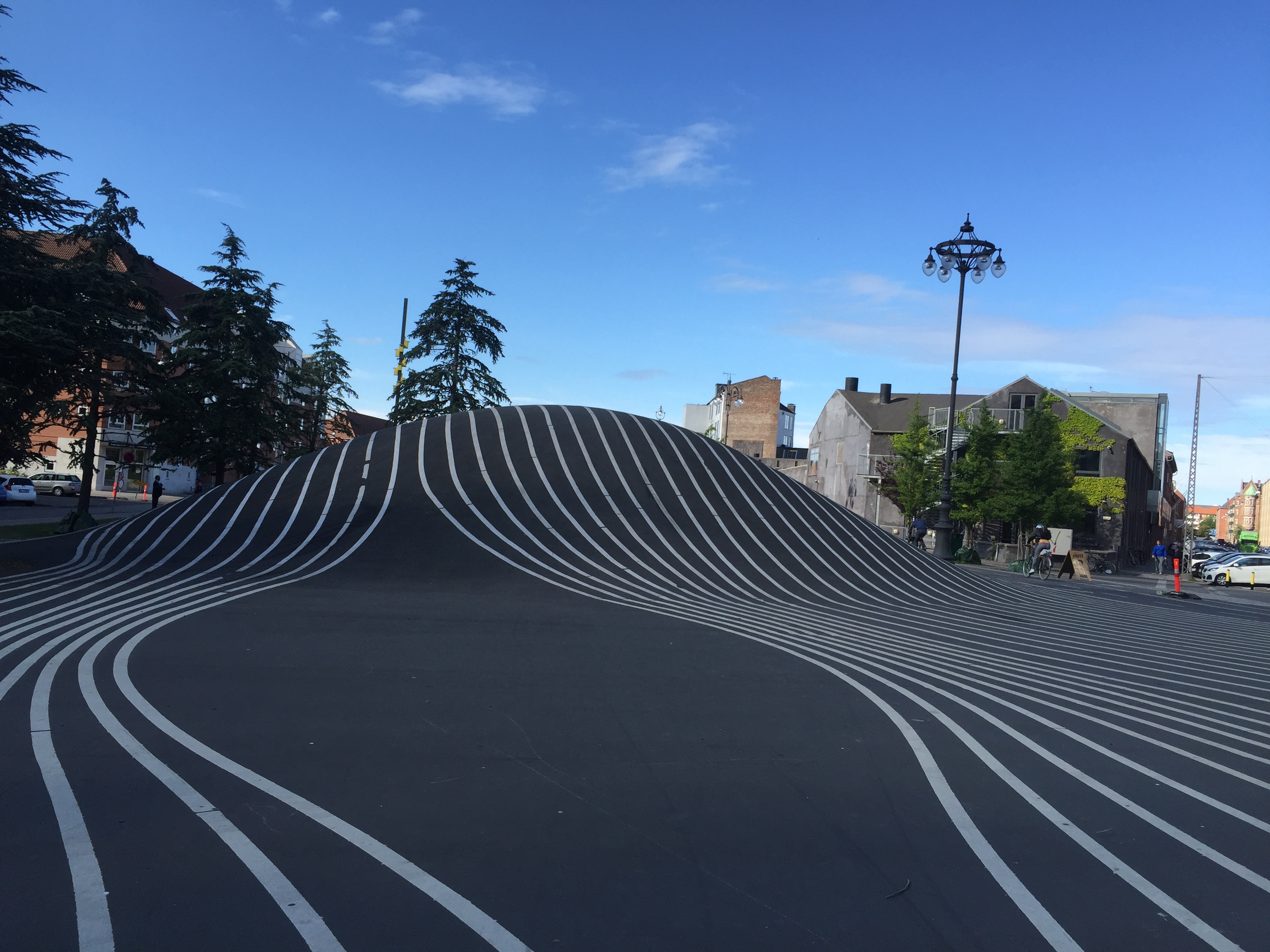
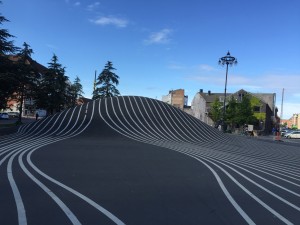
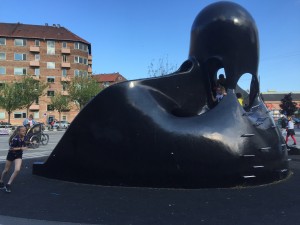
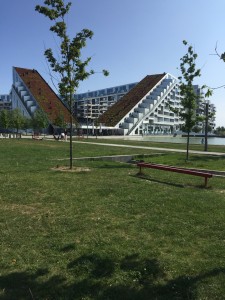
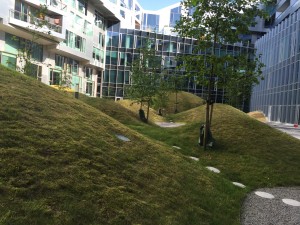
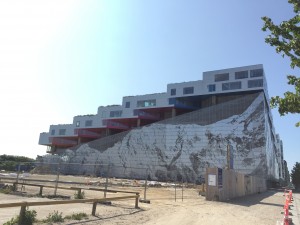
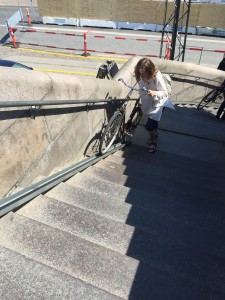
This brings up an interesting facet in the relationship between urban design and inhabitants, do you see what you identified as “seamless integration of structure (architecture, urban or landscape design), environment and people.” as a direct product of the impactfulness and success of a design, or rather the willingness of a population to operate within new or redesigned spaces? In essence, are these examples of urban design effective enough to work in other scenarios, or are they specific to the cultural climate they were designed in? I wonder for instance, if a grid-depended city such as NYC would be able to accept, adapt, and embrace a heavily bike-forward program as Copenhagen due to urban design alone?
-Perry Kurker-Mraz
Hey!
I really like your pictures! I think it is great that you talked about how the design of the architecture influences the function of the infrastructure. I think that biking is a great sustainable mode of transportation that should be encouraged more. I wonder if the city’s architecture is suitable for electric bikes which may give people more incentive to use the bike pathways versus a car. I look forward to seeing more posts!
Best,
Derek Wang